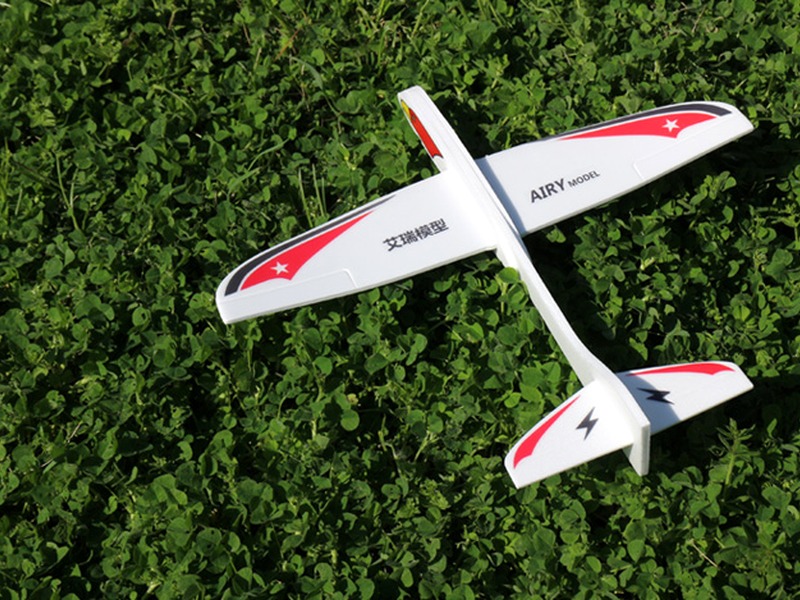Are larger RC planes easier to fly?

The answer to the question of whether larger RC planes are easier to fly depends on the particular type of plane, the skill level of the pilot, and what type of conditions will be encountered in the air. Generally, larger RC planes are easier to fly than smaller planes because they are more stable in the air and have longer flight times.
A larger RC plane has more mass, increased surface area, and has a more powerful engine. This combination of features provides a larger plane more stability and better control in the air than a smaller plane would have. The added mass also helps to steady the plane against wind gusts and other turbulence. Additionally, larger planes are more aerodynamic and can fly faster, further, and more precisely than their smaller counterparts.
A larger RC plane also has more space inside the fuselage for larger, more powerful electric motors, servos, and other components. This extra space makes it easier to install and move components around for improved control or better performance. In addition, larger planes are often equipped with more advanced flight control systems, such as fly-by-wire technology, which can help to provide better control and stability in the air.
The skill level of the pilot is also an important factor to consider when deciding whether larger RC planes are easier to fly. Beginner pilots may find larger planes more intimidating to fly, as larger planes require more finesse in order to get the most out of them. The added size and complexity of a larger plane can also make controlling the aircraft more difficult. On the other hand, experienced pilots may find larger planes much easier to fly due to the added stability, power, and advanced flight control systems they possess.
The final factor to consider when deciding whether larger RC planes are easier to fly is the type of conditions the plane will encounter in the air. Flying in strong winds, in a crowded airspace, or in poor visibility can all make flying a larger plane more difficult, as the added size and weight of the aircraft make it more susceptible to turbulence and more difficult to maneuver. On the other hand, flying in more secluded areas with calm conditions can make flying a larger plane much easier.
In conclusion, whether or not larger RC planes are easier to fly depends on the particular type of aircraft, the skill level of the pilot, and the type of conditions the plane will encounter in the air. Generally, larger planes are more stable and offer more control, making them easier for experienced pilots to fly, but they can also be more intimidating for beginner pilots to control.
Comments / Question
- Larger planes can fly faster and farther than smaller planes, allowing for more thrilling flight experiences.
- Larger planes can carry heavier payloads, allowing for more complex experiments or tasks.
- Larger planes are more aerodynamic, allowing for smoother and more stable flights.
Cons:
- Larger planes require more space to take off and land, making it difficult to fly in smaller areas.
- Larger planes require more powerful engines, making them more expensive to purchase and maintain.
- Larger planes are more prone to wind gusts and other weather-related issues, making them harder to fly in windy conditions.
2. Make sure you have a spotter to help you keep an eye on the plane.
3. Check the weather conditions before flying and avoid flying in strong winds or rain.
4. Make sure you have the necessary safety equipment such as a fire extinguisher and first aid kit.
5. Make sure your plane is in good condition and all components are functioning properly.
6. Make sure your radio control system is properly calibrated and functioning correctly.
7. Make sure you have the proper training and experience before attempting to fly a larger RC plane.
8. Wear appropriate safety gear such as goggles and a helmet.
9. Be aware of your surroundings and avoid flying near power lines, buildings, or other obstacles.
10. Always fly within your line of sight and never fly higher than 400 feet.

